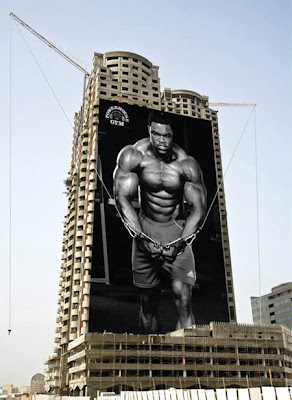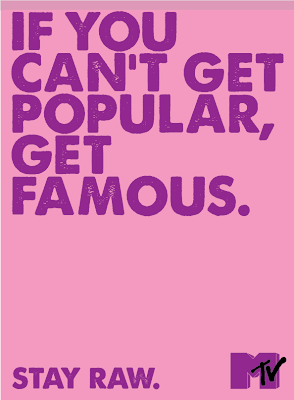Calling it the country’s first ‘tweeple-powered’ collection launch, Allen Solly created a ‘live’ hoarding at a Bangalore mall which unveiled itself with more and more tweets. Hosted by an emcee and displaying the tweets real-time on a big screen, the hoarding claimed to have been connected to a computer-powered ‘solenoid’ (coil) which would push a shirt off it with more tweets. Through the event, the shirts began falling off, being rewarded to lucky tweeters. Behind all the shirts emerged a promotional visual of the new collection.
Allen Solly, one of India’s long-serving apparel brands has targeted professionals through the 90s and 2000s through sharp visuals of free-spirited casuals. Not to take away anything from this campaign, the brand already enjoys a neat recall among its target audience – the upwardly mobile urban pro, also a reason why the tweeple (Twitter users) here didn’t mind associating themselves with it. The idea isn’t new, really. The west has seen great outdoor campaigns for web-savvy customers using QR codes, Wi-Fi and social networks; but in India, the agency’s best bet was perhaps Bangalore, with its young IT crowd, and it seems to have worked.
The ‘Tweet to win’ route is boring, but turning that into a live event was the scoring point here. A high footfall zone(Garuda Mall) ensured high Twitter traction (not everyone’s on Twitter yes, but people wouldn’t mind signing up to win a crisp shirt!) Also, this event was an offline integration of the campaign’s online initiatives. The others were a website that gave 52 Friday dos and a Facebook page that had a card game going. Not bad syncing at all.
Overall, this was one of a kind for India, and surely a good bet for Allen Solly.


















































